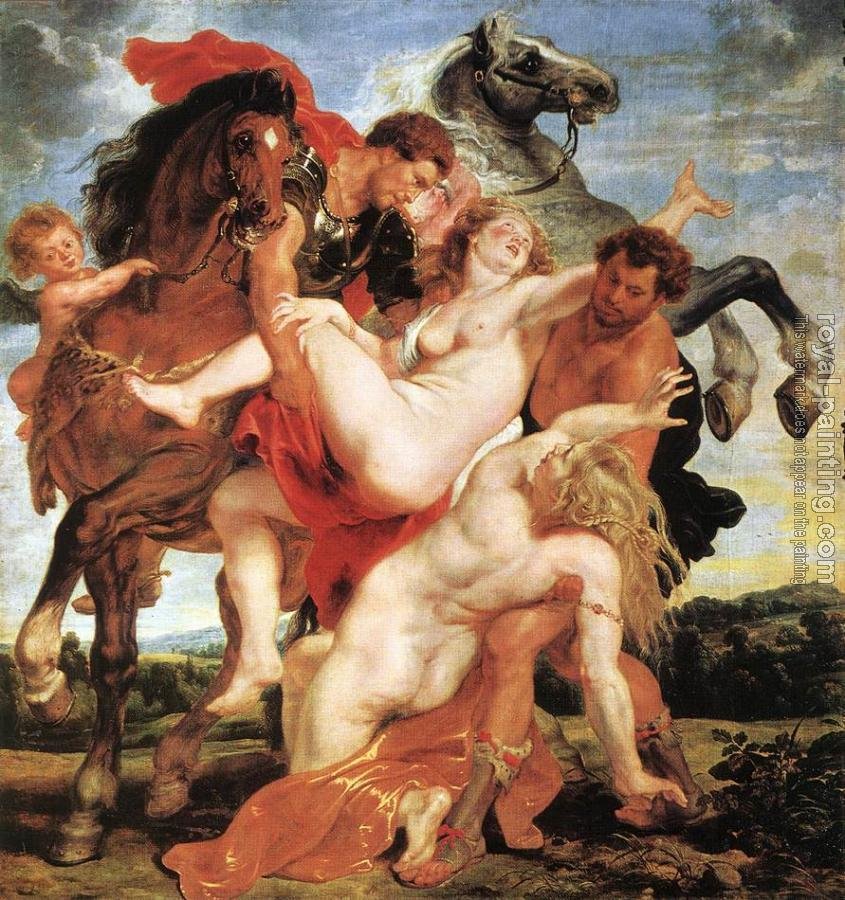The work ‘Phoebe’s Hand’, will be on show as part of the exhibition ‘Journey into Unknown’ at Copeland Gallery, London, opening November 10th, 2021.
Journey into Unknown
At Copeland gallery
Nov 10-14
Phoebe’s Hand (after Rubens), 2020, mixed media on canvas, 183 cm x 183 cm
The idea of changing our consciousness is an element of what I try to achieve as an artist. I use different tools to do this. Of course, the usual tools at the disposal of an artist such as drawing, painting and sometimes sculpture, however in this work it is the colour that I use as my tool. I use it to attempt to burn and singe away old ideas from the past.
I have realized that old ideas cling hard within us, but uncomfortable subjects such as rape or violence between the sexes have become harder and harder to ignore. In my research one of the essays that has had an immense impact on me is ‘The Taming of The Blue in Expanding Discourse’, (ed. Broude, N & Garrard, M, Feminism and History).
The essay speaks of how Italian princes of Florence in the Baroque period, would hang rape paintings in their bedrooms, commissioned by them and in this case painted by Rubens. This essay changed my understanding of where rape as a fantasy might have come from. In the absence of war this was a bone to throw the soldiers, who had become used to blood shed in war, a new way to satisfy their traumatized psyches. The two princes in the essay are described as smiling benevolently at their victims, as though they feel love for them, which acts to undermine the harsh reality of their actions.
Is this a trope that still exists? Maybe in pornography and maybe deep in the psyches of us all?
Peter Paul Rubens, Rape of the Daughters of Leucippus, c.1618, Oil on panel, 224 x 210.5 cm,
I use the power of colour as a tool, not only to cover up this story but to eviscerate it, to burn it away. The colours seep and pour and through that process they singe the story. All I leave is the hand of Phoebe, letting us see her feeble struggle while the horses hooves rear up over her in blackness. This process of unlearning is not a comfortable one.
‘The legs in conversation with the hand’, painted ceramic teapot with clay , 300cm x 150cm
I include this work alongside Phoebe’s Hand, as it is a further reference to my observations of the benevolence of sexual objectification, through time and through art. The inspiration for this sculpture is an amalgamation of a number of moments for me. ‘The Swing’ by Fragonard, first came to my attention while listening to a podcast, however when I looked at the painting I realized that there was an undeniable element of ‘Upskirting’ present. Which, is yet another way of peeping up at the ‘Potta de Cielo’, as phrased in the immortal words of the American art critic Dave Hickey.
Jean-Honoré Fragonard, Les Hasards Heureux de L'Escarpolette (“The Swing”), 1767. Courtesy of the Wallace Collection.
‘The legs in conversation with the hand’, use the form of the ladies legs from ‘The Swing’, but inverts them in a teapot. The sense of collapse and lifelessness in the legs contrasts with the power of the vertical leg which is kicking the spectators balls. All this action takes place while tea is being graciously consumed. Once again, I absorb the colours and some of the gestures from the original painting, dabbing on the prettiness of trees and bucolic nature.



